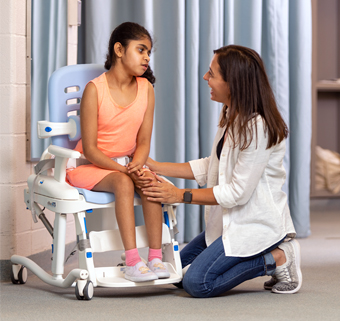
 Achieving potty training is a long-awaited milestone for all children and their parents. It requires maturity in motor and cognitive skills, as well as emotional preparation. It combines the organization and understanding of sensory signals with communication, motor planning and timely completion of tasks. Children usually reach daytime continence between the ages of two and four. However, for children with multiple disabilities, potty training is a longer, more complicated and stressful process. There is no surefire method that will be successful, but potty training these children is possible. Certain strategies can help improve results, including the often overlooked strategy of using prompts to guide learning.
Achieving potty training is a long-awaited milestone for all children and their parents. It requires maturity in motor and cognitive skills, as well as emotional preparation. It combines the organization and understanding of sensory signals with communication, motor planning and timely completion of tasks. Children usually reach daytime continence between the ages of two and four. However, for children with multiple disabilities, potty training is a longer, more complicated and stressful process. There is no surefire method that will be successful, but potty training these children is possible. Certain strategies can help improve results, including the often overlooked strategy of using prompts to guide learning.
The following technical document,Using Cues to Improve Toilet Training in Children with Physical Disabilitiesdescribes the effective use of cues to shape behaviors and functions during the toileting process to achieve successful toilet training outcomes in children with physical disabilities.







